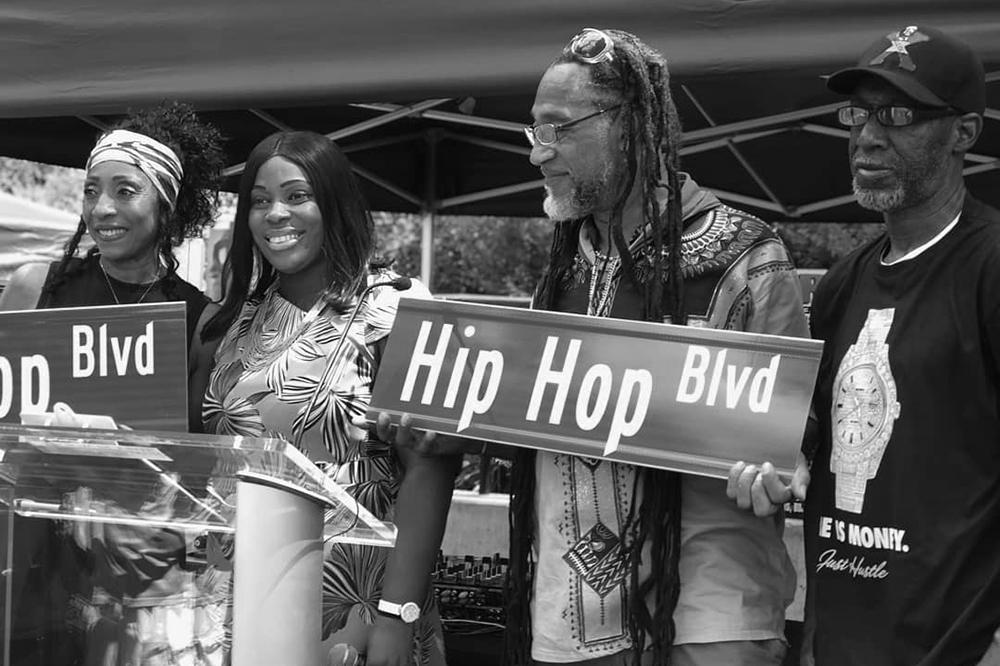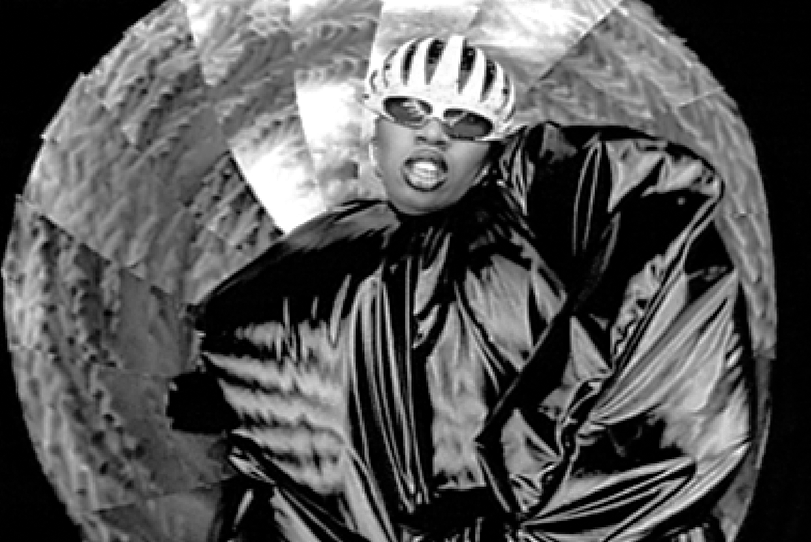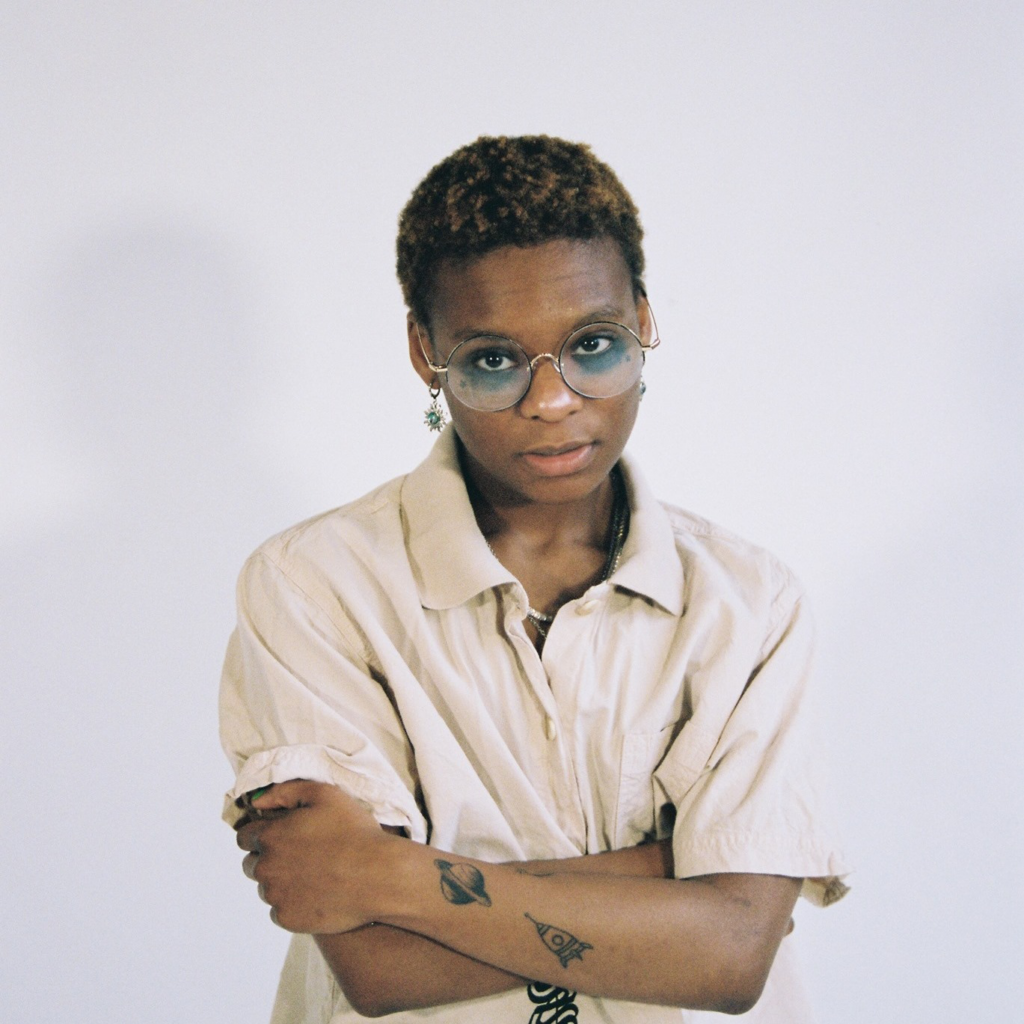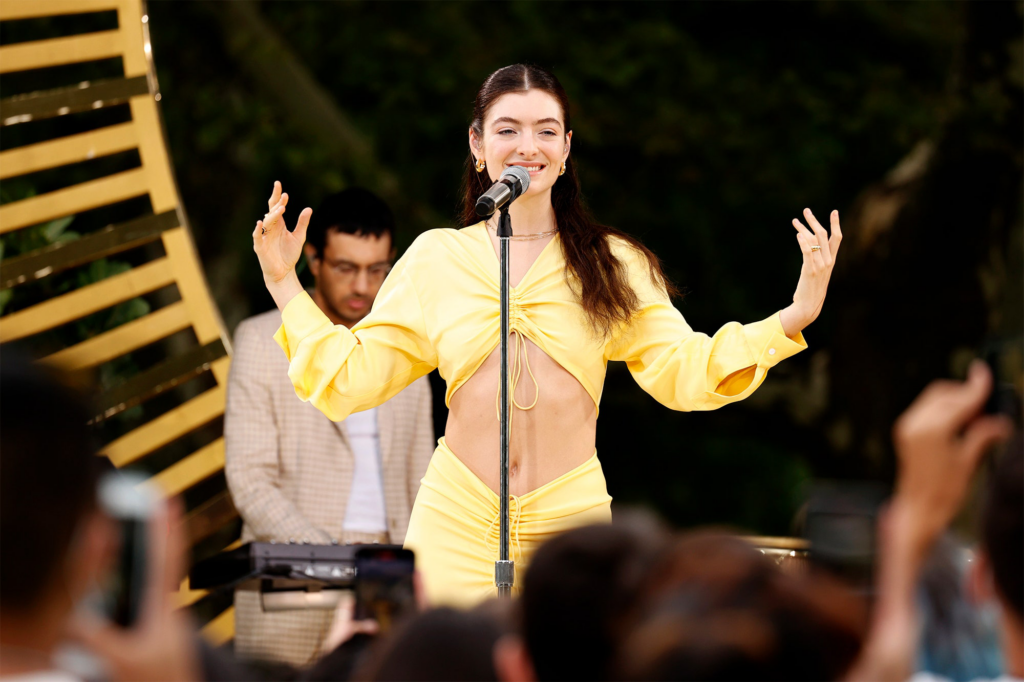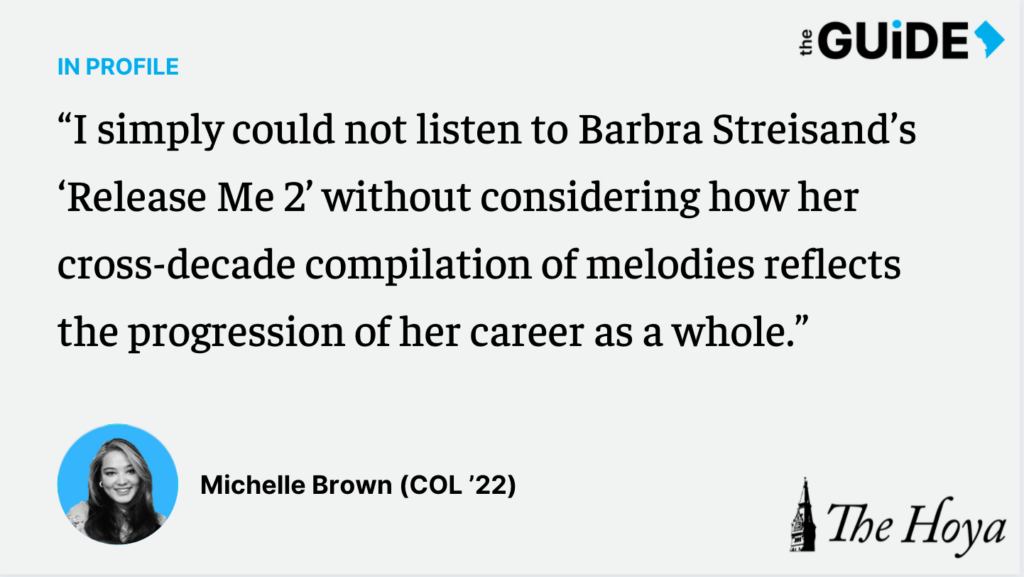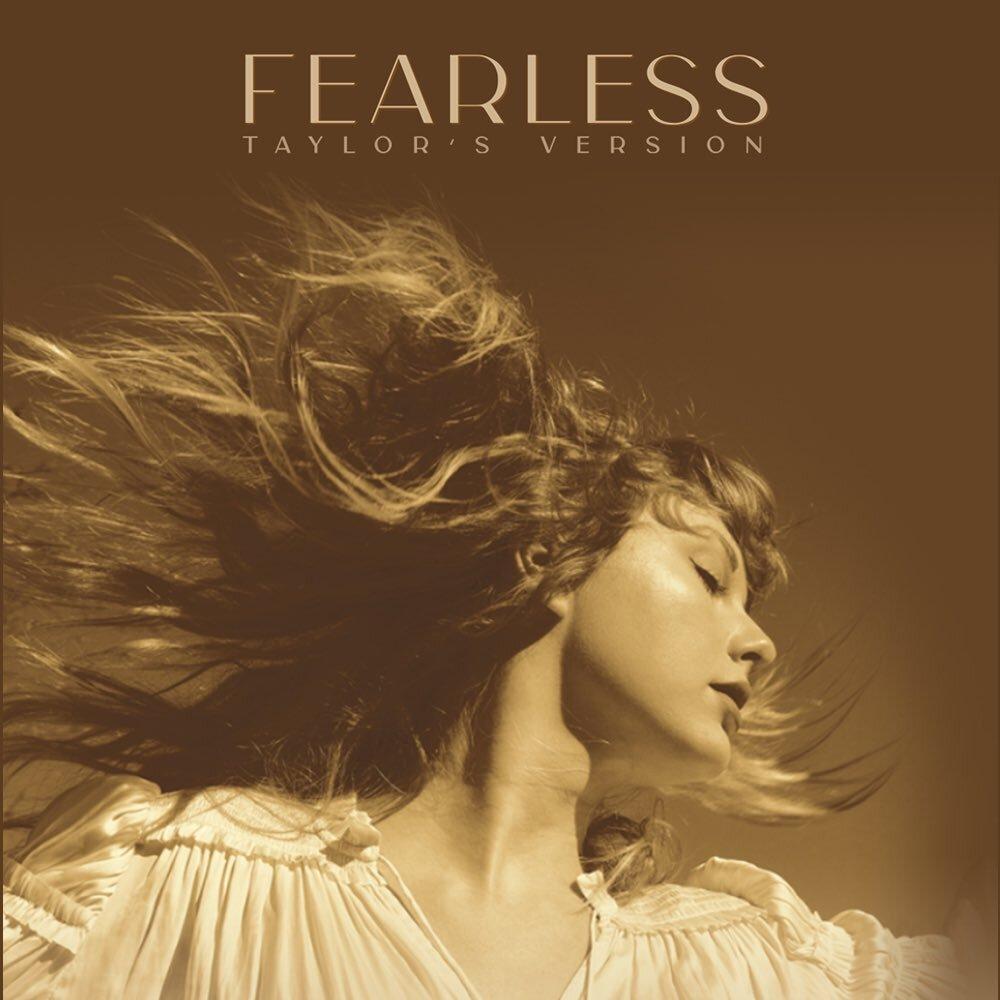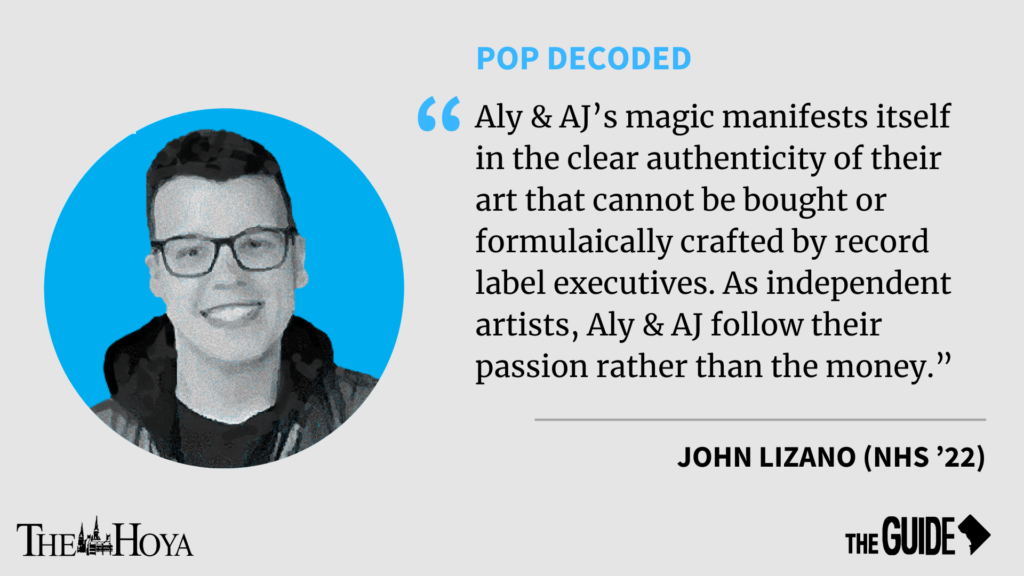From the recent surge in popularity of Cardi B and Megan Thee Stallion to the lasting fame of Tupac and Biggie Smalls, hip-hop’s influence goes far beyond its auditory and visual appeal; since its creation, it has held a strong political significance.
Hip-hop has amplified the voices of activists and change seekers since its origin as an inherently political genre. Between the lines of its catchy lyrics are loud cries of protest and political commentary, providing an outlet and means of communication for people, including members of the Georgetown University community, who wish to inspire change in the world.
An expert and avid proponent of hip-hop and its powerful undertones, Georgetown English professor Ellen Gorman teaches a class called “Race, Rap, and Power.” Along with studying authors such as Cornel West and Michelle Alexander, her students analyze rap lyrics as poetry. Students study hip-hop from its beginnings in the 1970s and move through the decades while looking at influential artists, such as NWA and Public Enemy, and studying their discography in depth.
In Gorman’s class, she emphasizes the importance of the hip-hop songs and their strong capacity for political expression and communication of racial experiences. “Fight The Power,” Public Enemy’s seminal track for Spike Lee’s 1989 film “Do the Right Thing,” powerfully embodies the inherent activism of rap, according to Gorman.
“‘Fight The Power’ is so incisive about the need to fight because power will just crush you when it wants to and feels that it can,” Gorman said in an interview with The Hoya. “It expresses the need for collective action.”
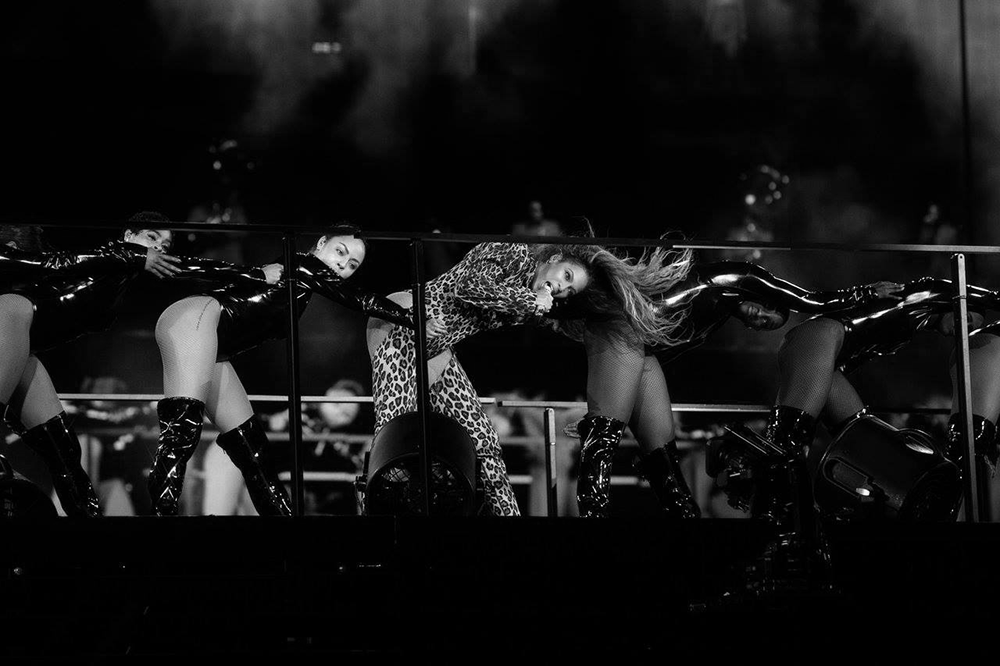
As the country has seen an outpouring of support for the Black Lives Matter movement in response to police brutality and the killings of George Floyd, Breonna Taylor, Ahmaud Arbery and countless others, the momentum and hope of the BLM movement have certainly played a role in hip-hop artistry during the past months, according to Gorman.
“There are all kinds of new [hip-hop] songs,” Gorman said. “People are much more open to them now, or have been at least in the last few months, because they are part of this new sense of ‘Let’s all be together in this moment.’”
Political statements within hip-hop have not always been as overt or strong as today, however, as artists did not always feel safe about expressing their opinions, according to Gorman.
For example, Beyoncé, now one of music’s biggest stars, refrained from using her talent and influence as a tool for social justice earlier in her career. Now, she dresses up her background dancers like the Black Panthers, feeling safer, as Gorman explains, to use her prominence as an artist and dancer to make a powerful statement.
Just as rap lyrics have allowed singers to verbally express their hopes for justice and reform, the dance element of hip-hop has been able to accomplish this same goal. Georgetown’s Black Movements Dance Theatre is a historically Black company founded in 1982 as a way to express the Black experience through dance. The contemporary group features a versatile repertoire, ranging from dance inspired by Black culture, including hip-hop and African dance, all the way to lyrical dance and ballet, that tells stories of the Black experience through movement.
The struggle of oppressed groups seeking justice is a visceral and physical process; thus, movement and coordination are very appropriate means of expression in that sense, according to BMDT Co-Director Kiara Finlay (COL ’22).
“Being able to convey [political protests] through movement allows for the full embodiment of that feeling,” Finlay said in an interview with The Hoya.
Expression of racial injustices through dance can be an uncomfortable process, but is undoubtedly a necessary one, according to Finlay.
“It’s something that’s very real, and it may not be as real for some as it is for others,” Finlay said. “But it is real, all the same. And so I think it’s a situation that we really tried to tread lightly, but still walk.”








